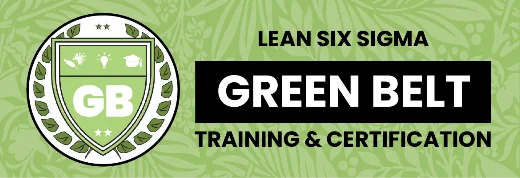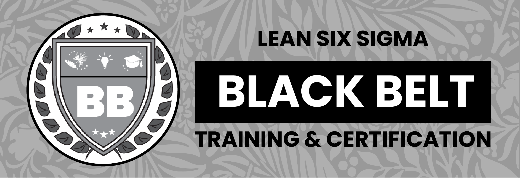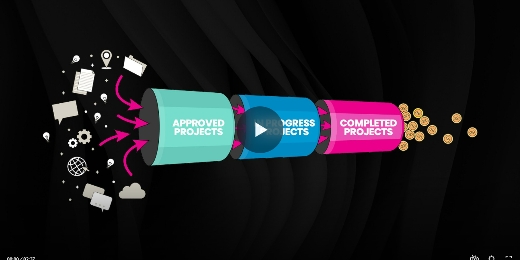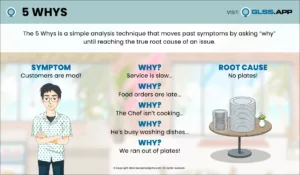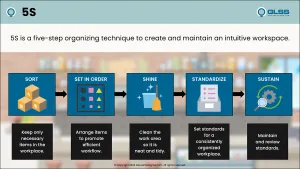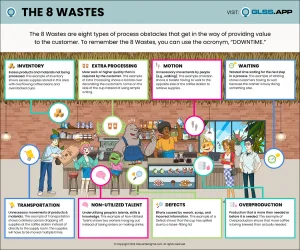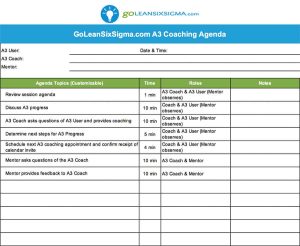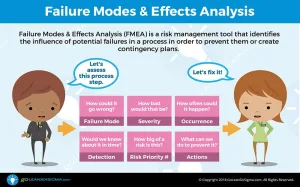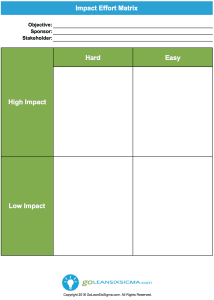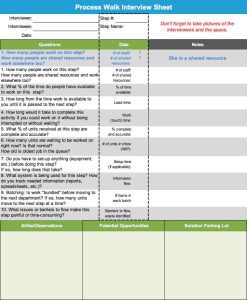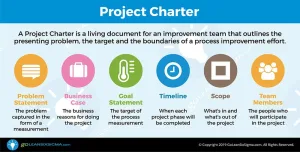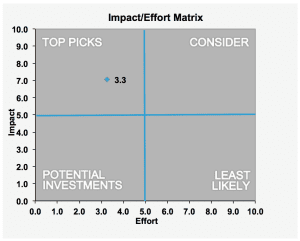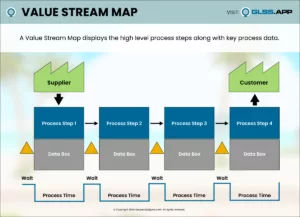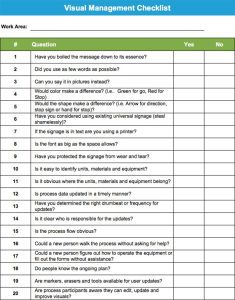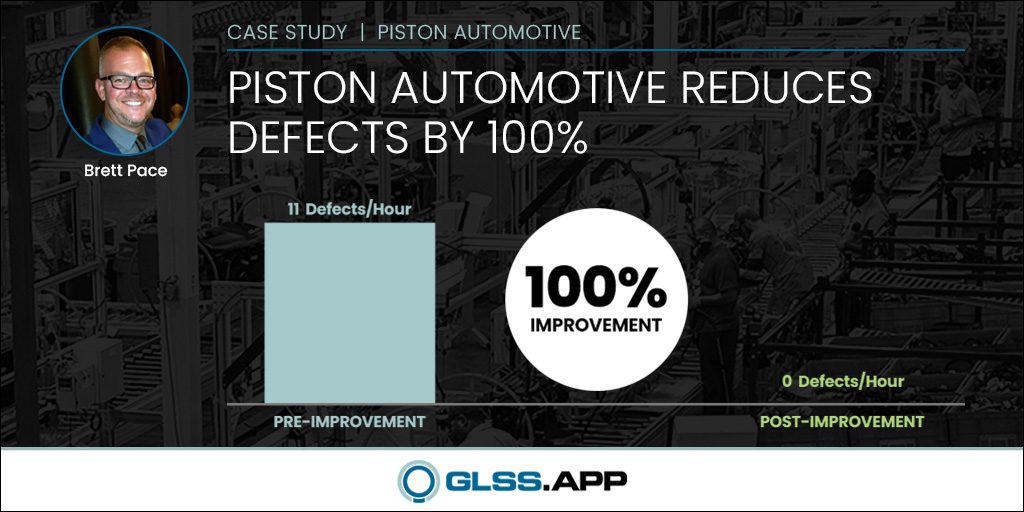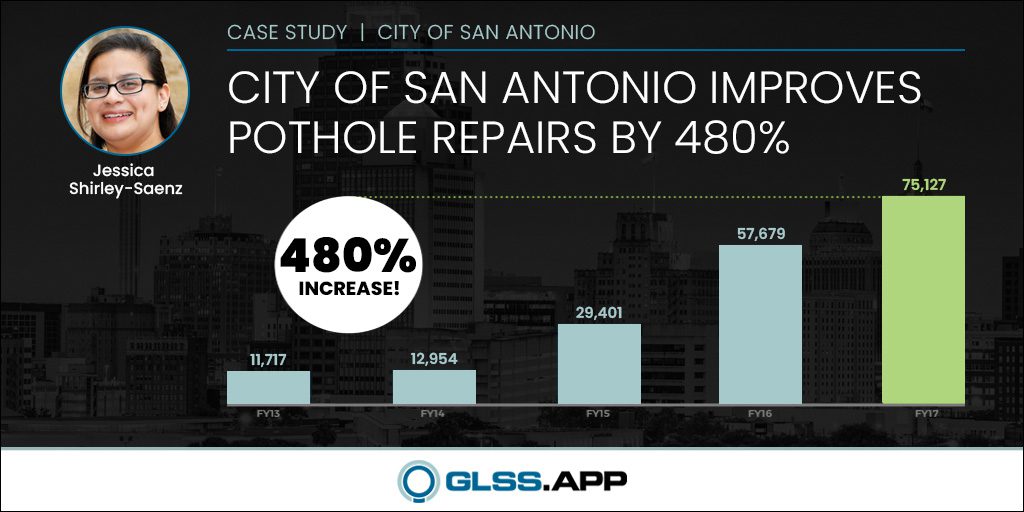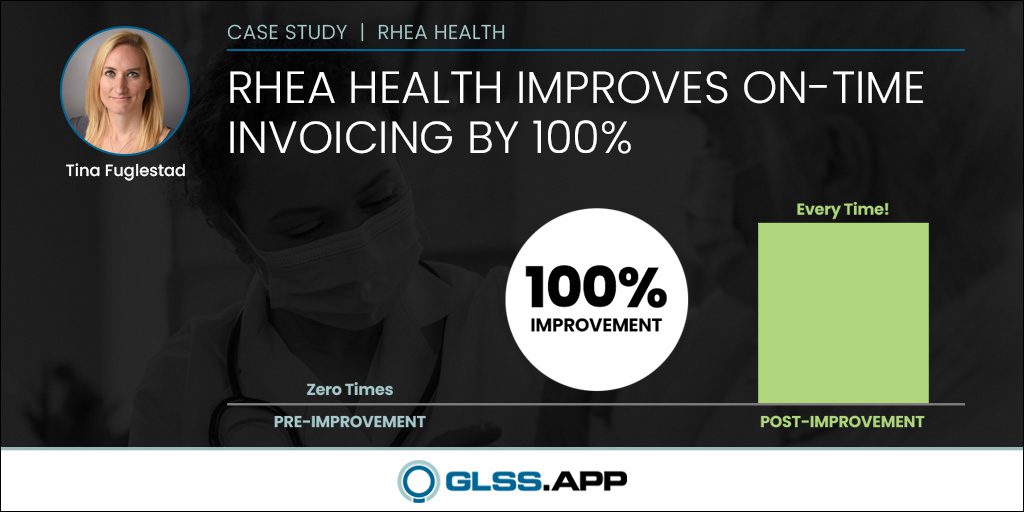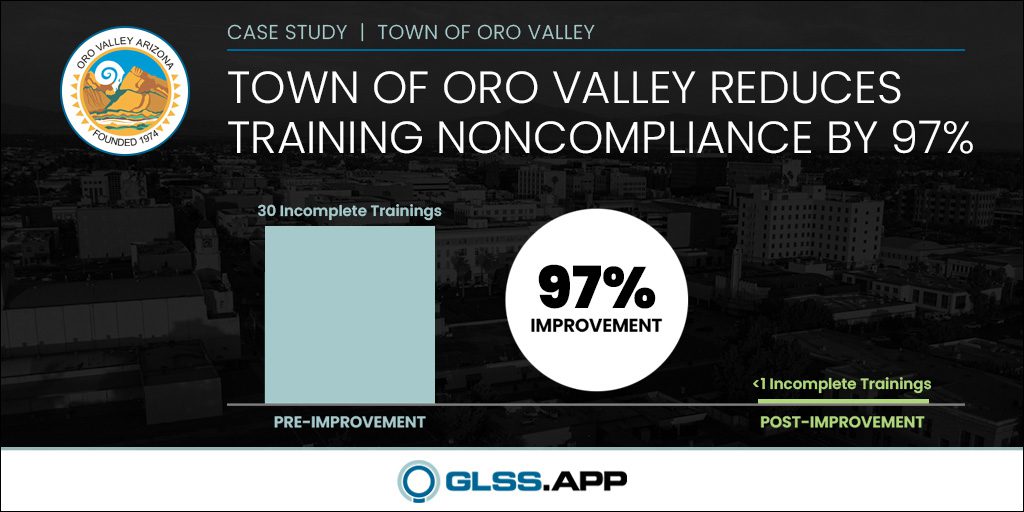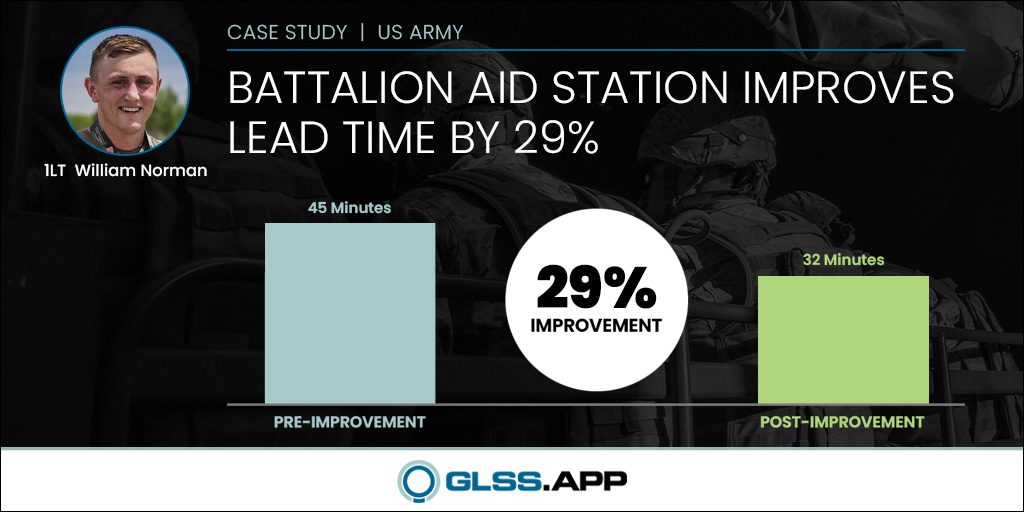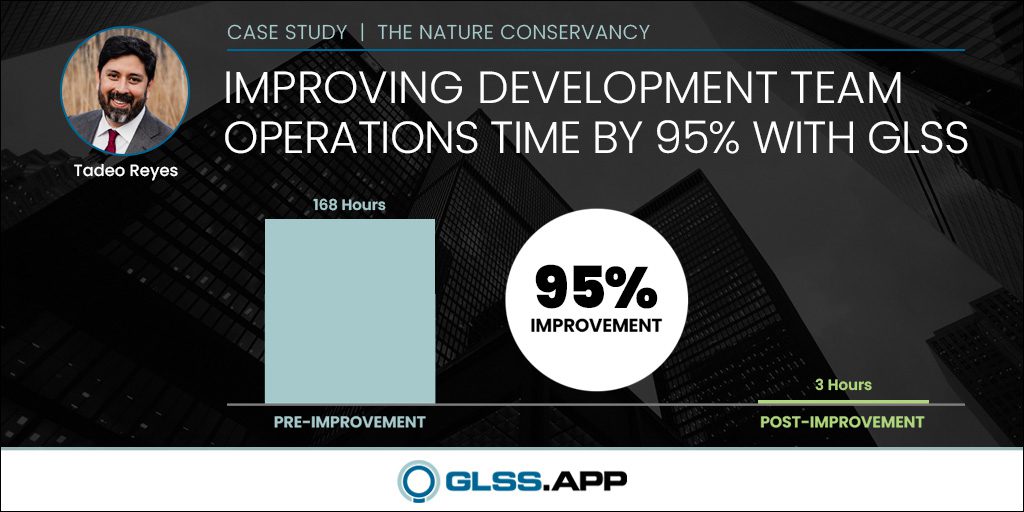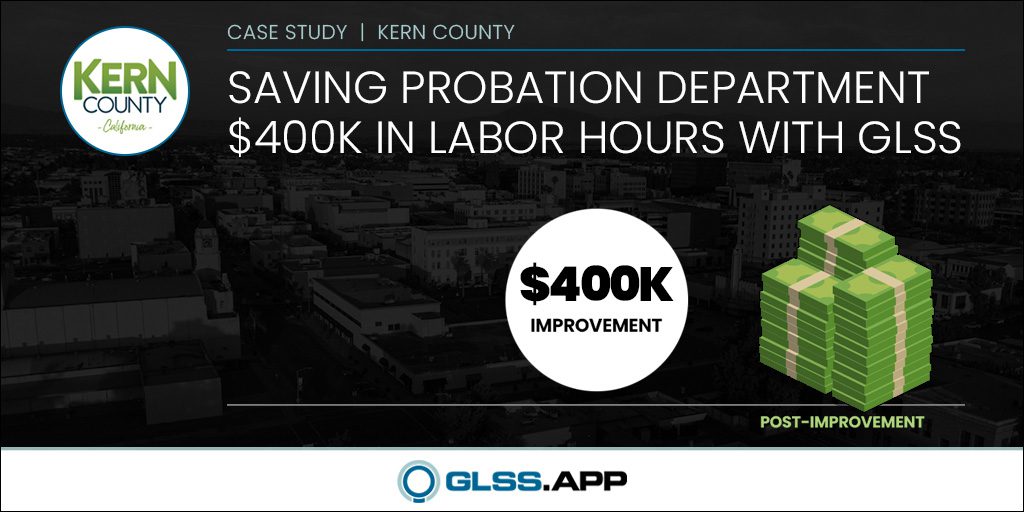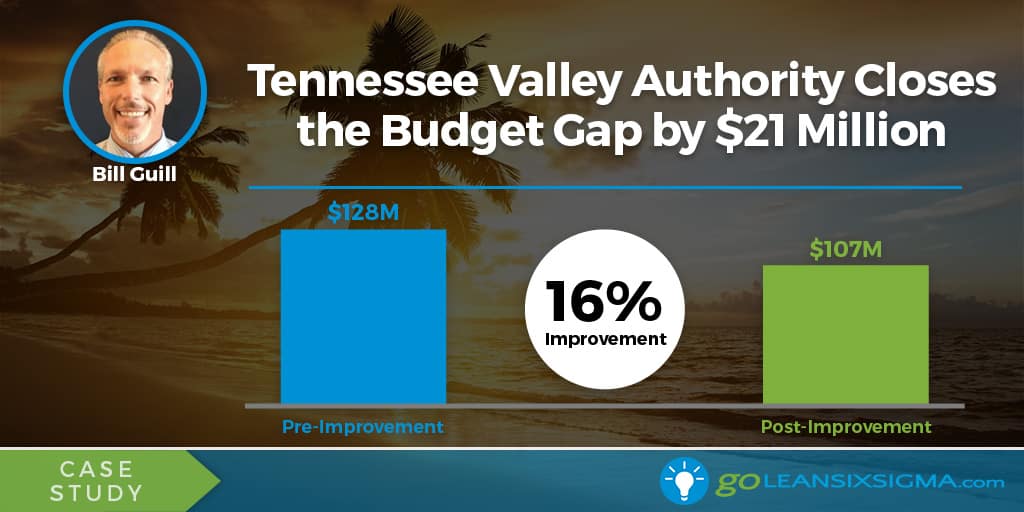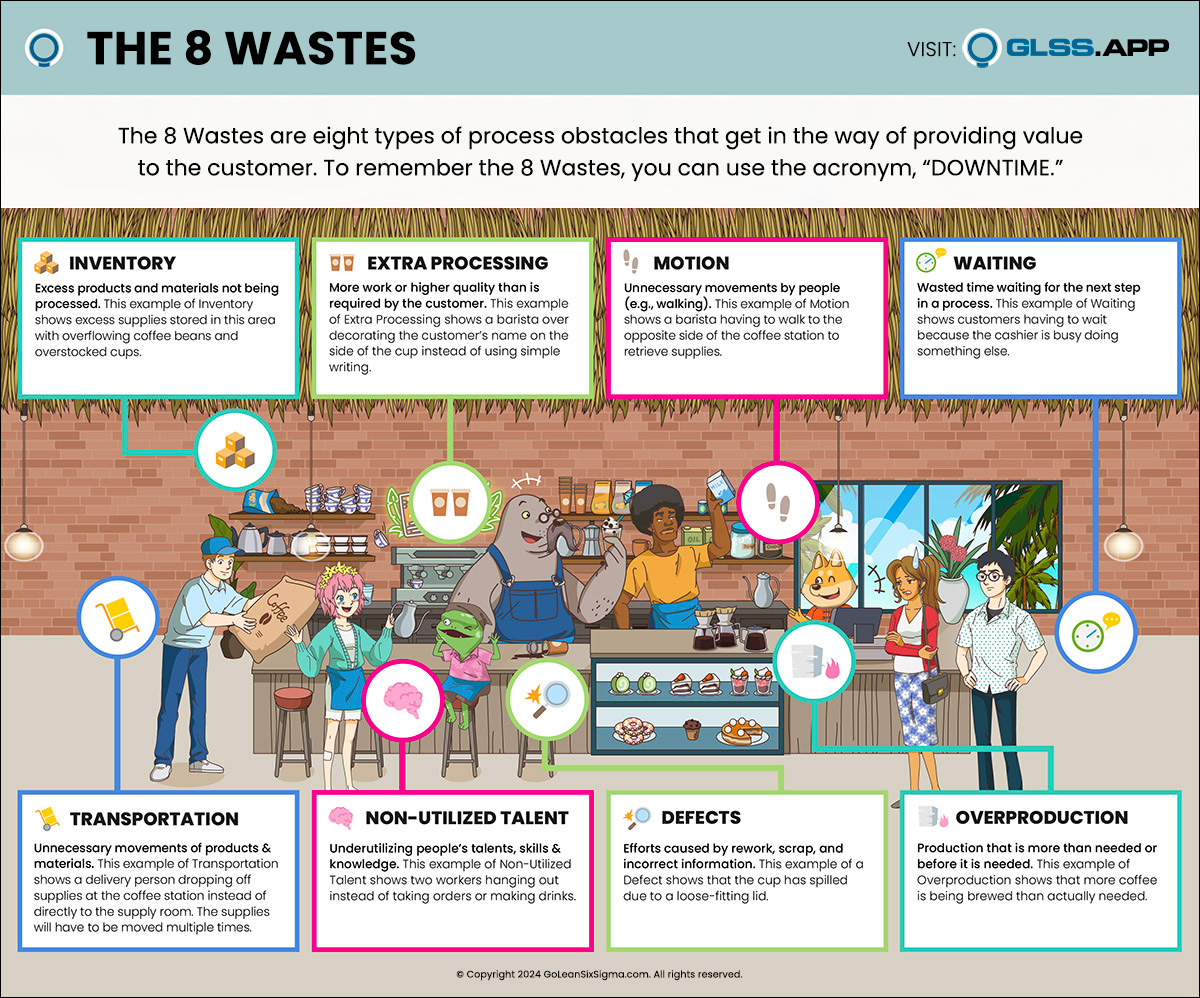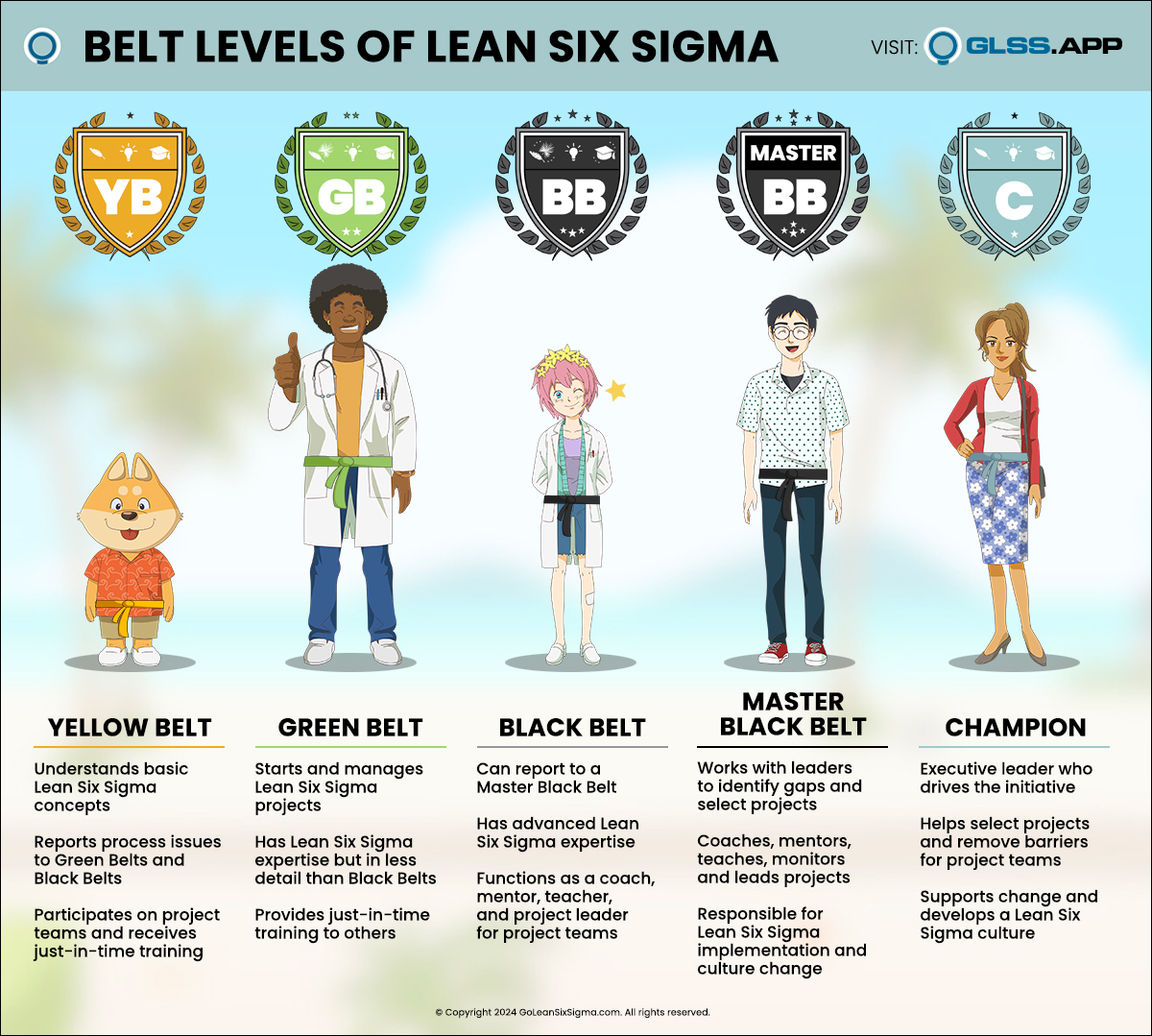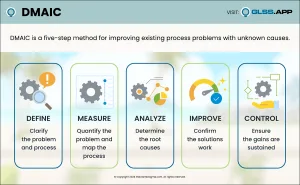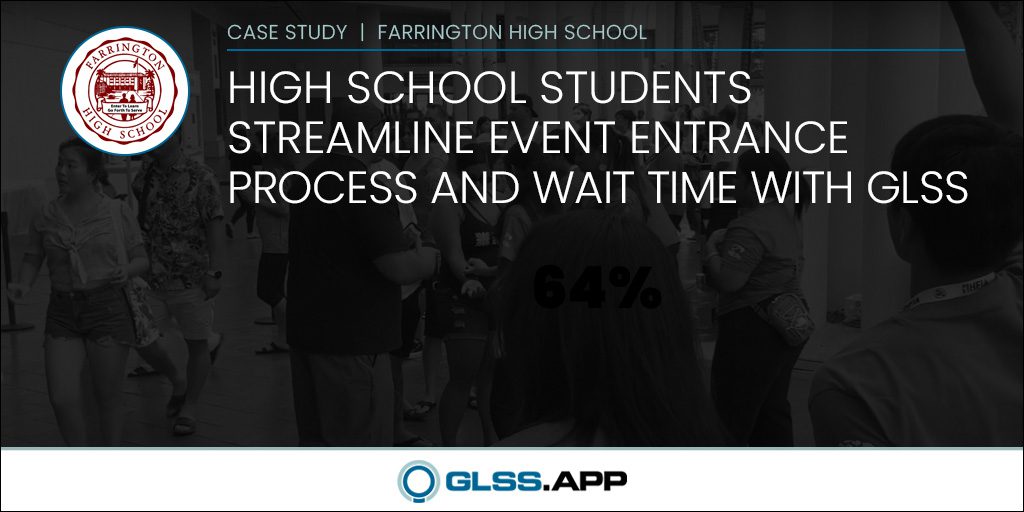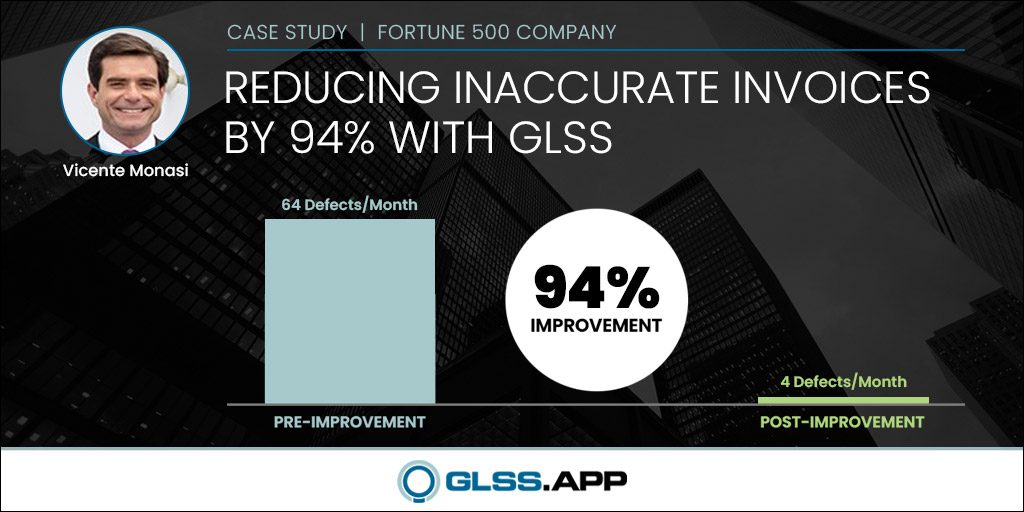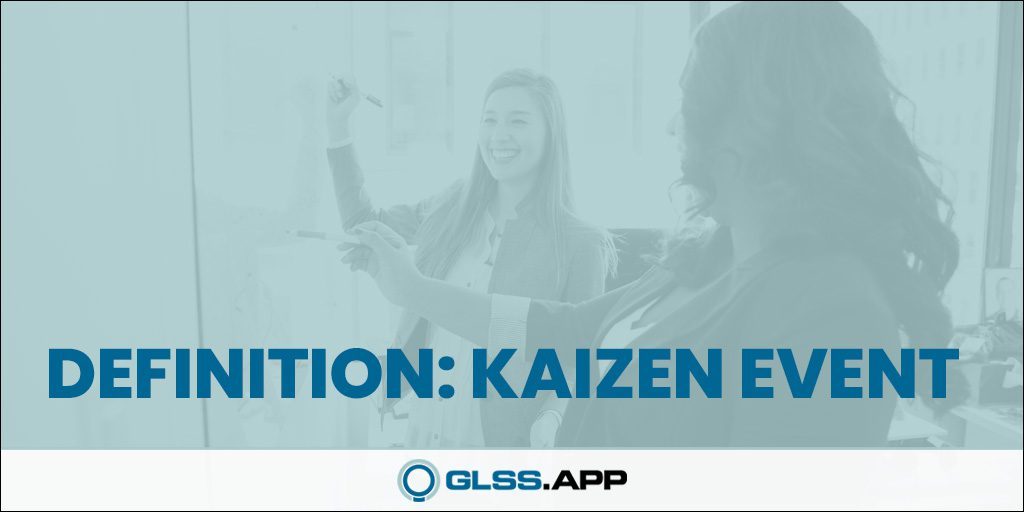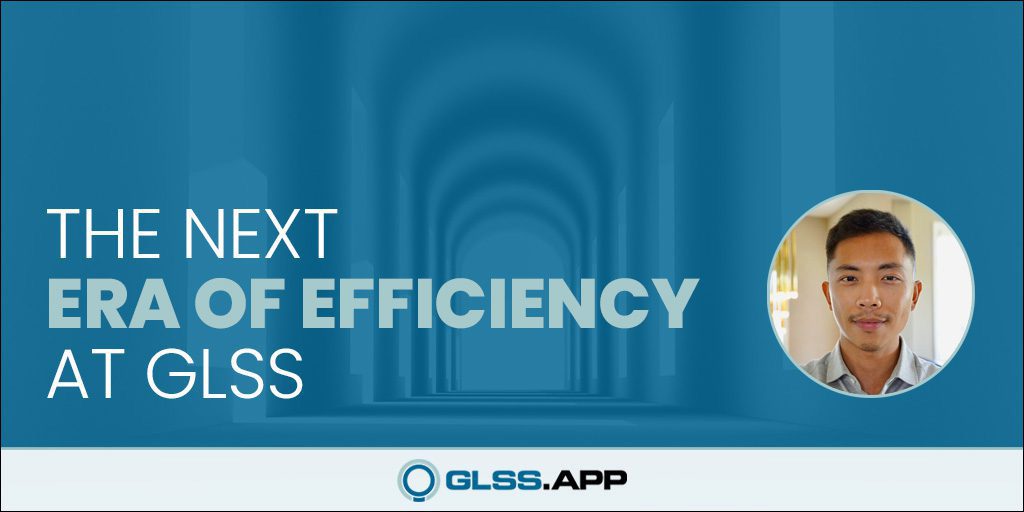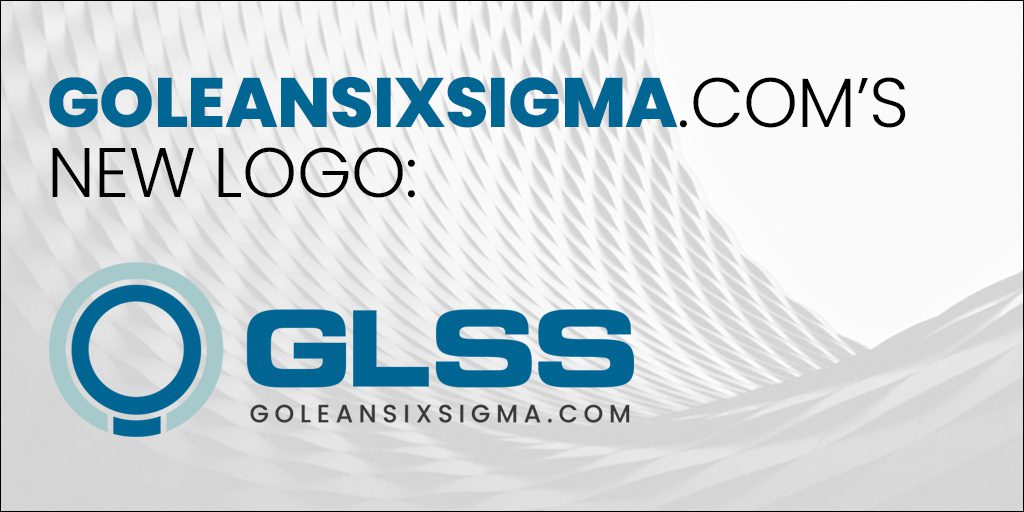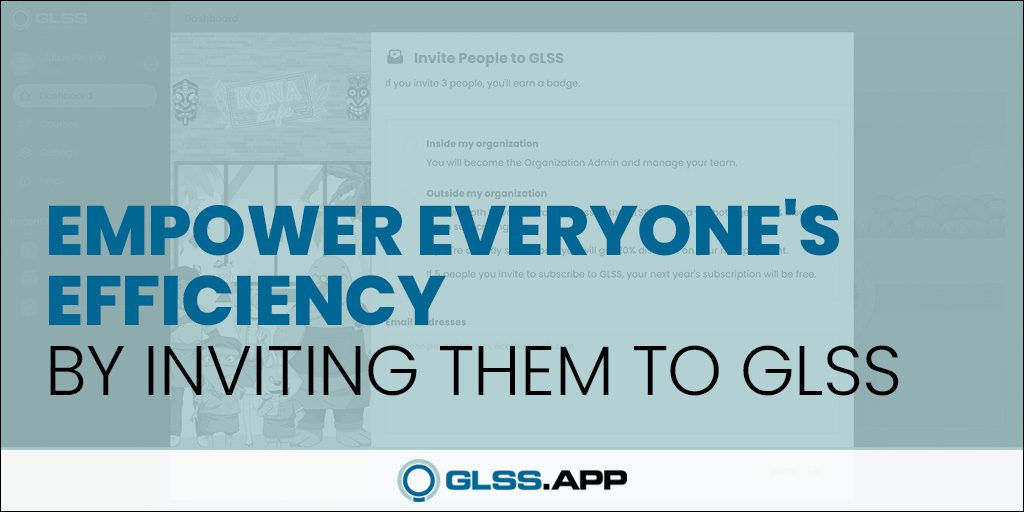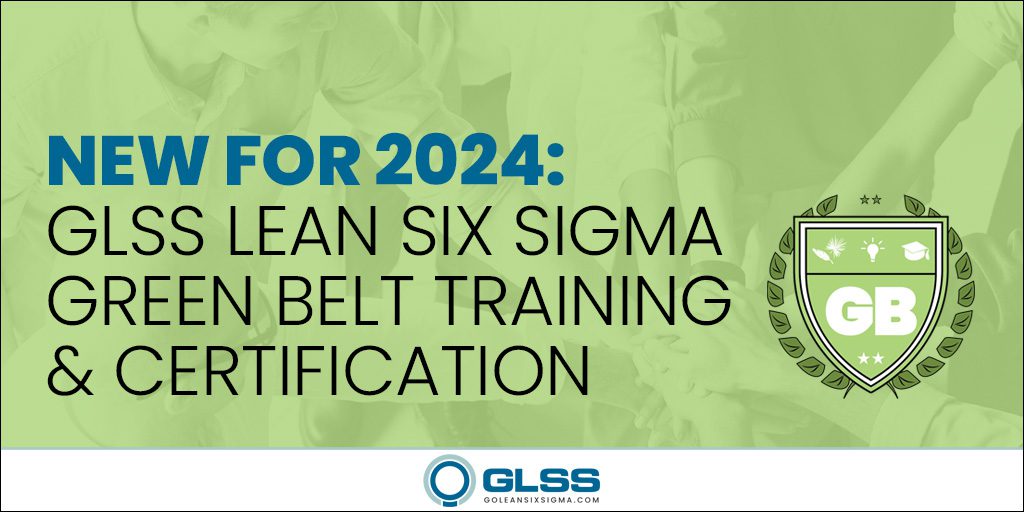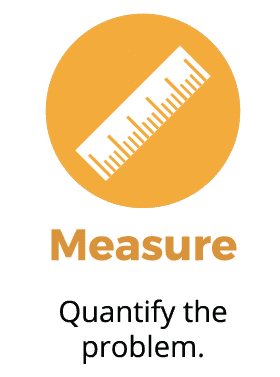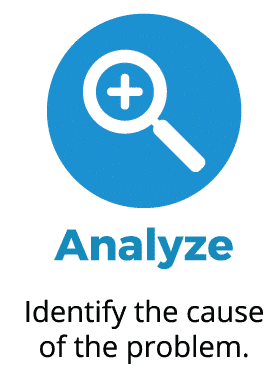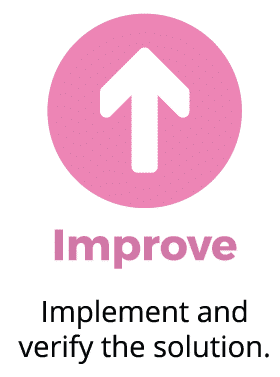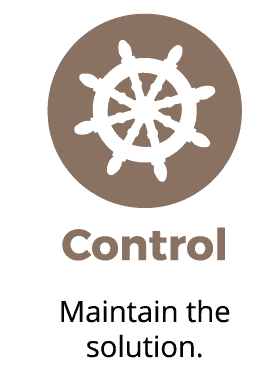
Measurement takes place throughout the life of a project, but a key question to answer in the Measure Phase centers on how the process currently performs. What is the magnitude of the problem? How bad is it?
As the team starts collecting data they focus on the process as well as what customers care about. That means initially there are two major targets: reducing lead time or improving quality.
During the Measure Phase, the team refines the definitions of each measure and determines the current performance—the baseline—of the process.
Determine How the Process Currently Performs
Teams establish the current state of the process before considering changes. The baseline becomes the standard against which the team assesses the impact of their solutions. This is a key step since the team must eventually compare the data collected during the Measure Phase against the data collected during the Improve Phase to confirm there is actual improvement.
Create a Plan to Collect the Data
Once the team clarifies the baseline measure, they must consider where to get the data, how much to collect, who will get it and how. A well-thought-out Data Collection Plan is critical since accurate and reliable data are key to good decision making.
Tools: Data Collection Plan
Ensure the Data is Reliable
Defining and refining process measures leads to collecting critical process information. This enables the team to make good project decisions. Reliable data ensures corrective actions are based on facts rather than assumptions and opinions.
Tools: Operational Definitions
Gather the Baseline Data
Data collection generally involves gathering system information, creating reports and manually collecting process information when it’s not readily available. The team creates Check Sheets for the manually-collected data and continues until they have a reliable data set to establish the baseline.
Tools: Check Sheet
Gather the Baseline Data
Initial data collection efforts provide the team with helpful details around process performance and potential targets. The team refines their Project Charter with new data that more accurately reflects the problem and the goal. This process of refinement continues into the Analyze Phase.
Tools: Project Charter



